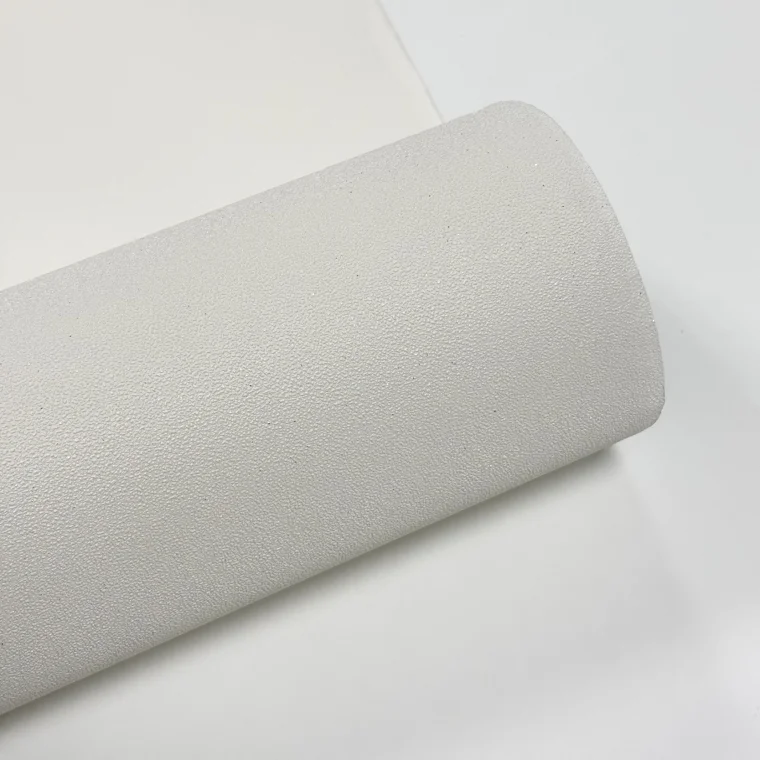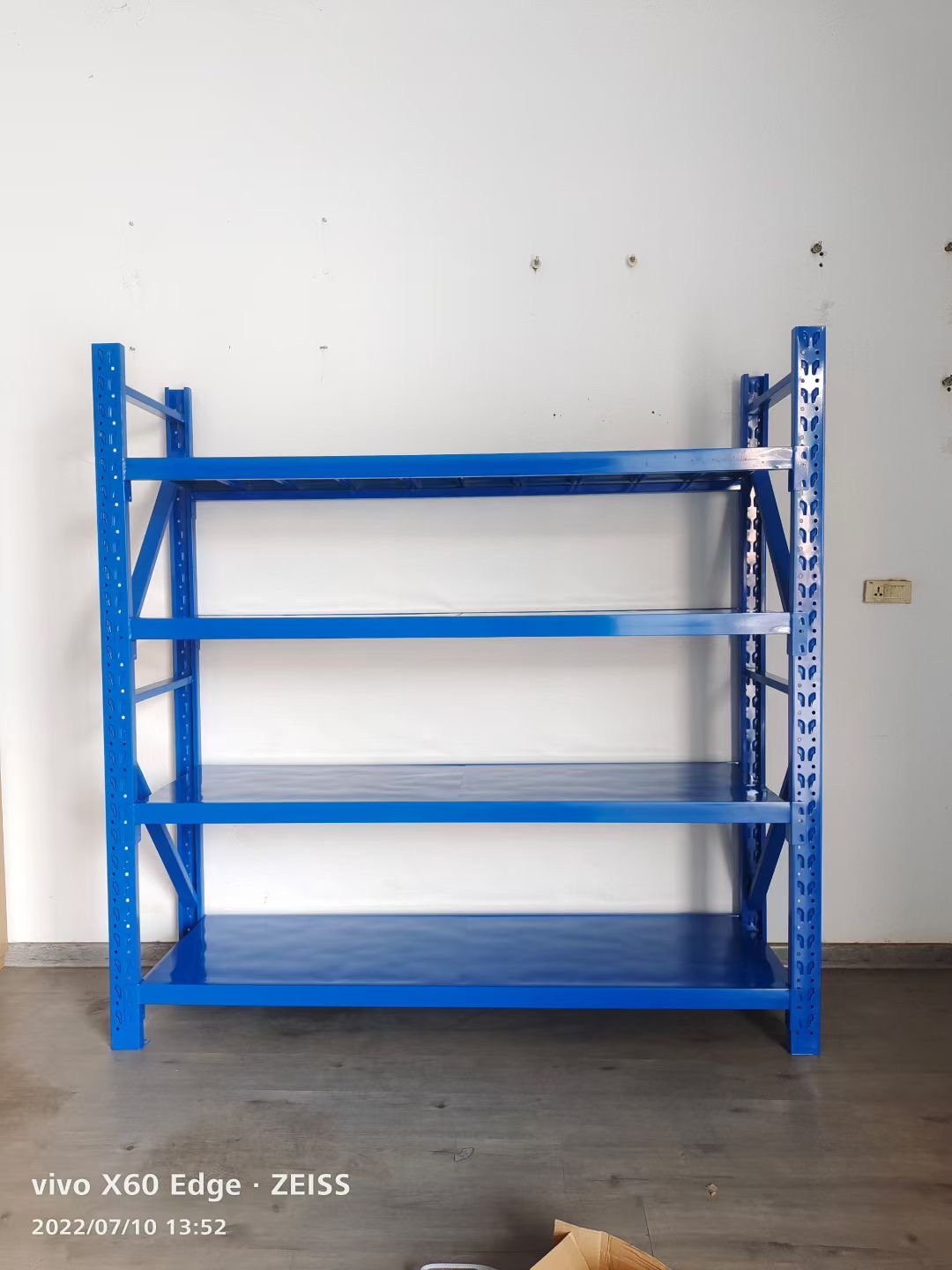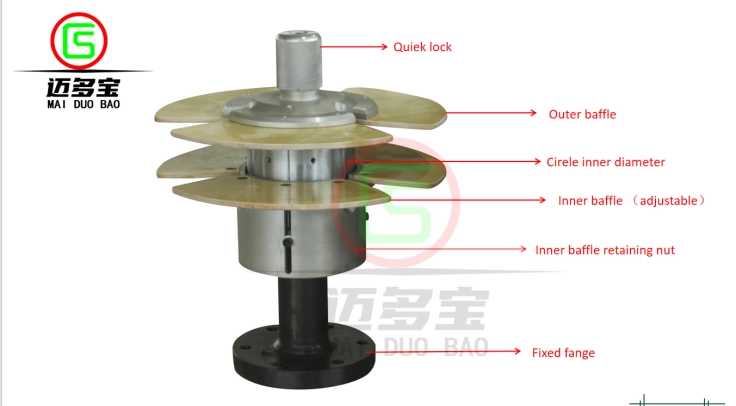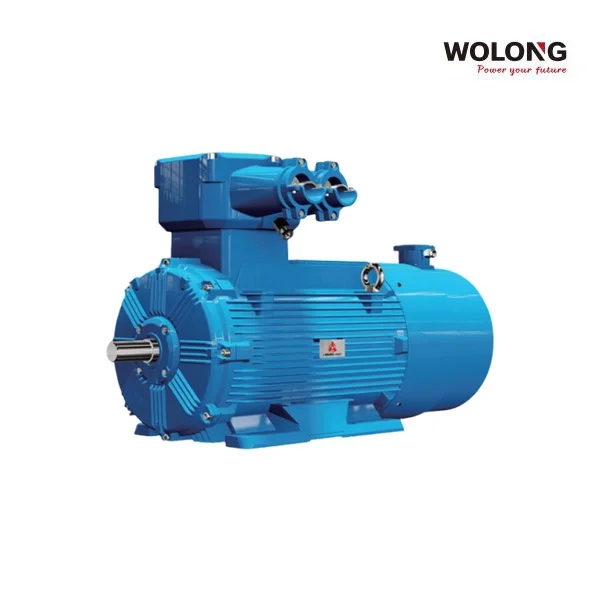What are the differences between protective equipment with different certifications? Antu helps you understand CE, UIAA and GB.
What Are the Differences Between Protective Equipment with Different Certifications? Antuo Helps You Understand CE, UIAA, and GB
When it comes to choosing protective equipment, certification standards are key indicators of product quality and safety. As a professional enterprise deeply rooted in the protective equipment industry, Taizhou Antuo Protective Equipment Co., Ltd. has been adhering to "safety guardianship" as its core since its establishment in 2018. It focuses on the R&D, production, and sales of protective equipment for outdoor mountaineering, aerial work, emergency rescue, and other fields. The company owns independent brands such as "REICIO" and "Shanyue" (Mountain Yue). Its products have passed international certifications including CE and ISO9000, with 70% of its customers coming from European and American markets. Relying on its customization capabilities and strict quality control, it has become a trusted choice for numerous industry customers at home and abroad. Today, combining Antuo's practical experience, we will deeply interpret the differences and significance of the three major certifications—CE, UIAA, and GB—and introduce Antuo's star products in detail.
Overview of Star Products of Taizhou Antuo Protective Equipment Co., Ltd.
Safety Rope Series
Antuo's safety ropes are made of high-quality high-strength polyester materials, which not only have high strength but also excellent wear resistance and corrosion resistance. The 45cm-wide high-strength polyester webbing can achieve a breaking strength of 25kN, far exceeding the industry average. In terms of structural design, a unique single-layer weaving process is adopted to maximize longitudinal tension, while avoiding the problem of overall scrapping due to outer layer wear caused by multi-layer weaving, thus greatly extending the service life of the safety rope. The products are divided into dynamic ropes and static ropes: dynamic ropes are mainly used in scenarios such as rock climbing that require buffering falling force, with good ductility ranging from 6% to 8%, which can effectively absorb energy and reduce impact damage to users; static ropes are used in operations such as caving and canyoning that require high rope stability, with ductility less than 1%, ensuring no obvious tensile deformation during use and guaranteeing operational safety.
Safety Harness Series
Safety harnesses are classified by operation type into pole operation harnesses, area restriction harnesses, and fall arrest harnesses; by product shape into single-waist harnesses, chest harnesses, sitting harnesses, and full-body harnesses. The webbing materials include high-strength polyester and high-strength polypropylene. High-strength polyester webbing has high strength, impact resistance, heat resistance, corrosion resistance, moth resistance, acid resistance (but not alkali resistance), and good light resistance. After 1000 hours of exposure to sunlight, it retains 60-70% of its strength, with a service life of 2-3 years, suitable for work scenarios with high safety requirements and high frequency of use, such as construction and power maintenance. High-strength polypropylene materials are cost-effective but have the weakness of being not sun-resistant and not weather-resistant, usually with a service life of 1 year, which is more suitable for temporary operations in good environments. The design of the safety harness fully considers ergonomics: the parts in contact with the skin are made of soft and high-quality light sheepskin, which is sweat-absorbent, breathable, and comfortable to fit; the chin strap is made of flame-retardant non-cotton webbing, which is soft, quick-drying, and will not cause skin allergies under long-term humid and hot conditions. It is also equipped with a double locking device, greatly reducing the risk of accidental detachment and providing reliable safety protection for users.
Safety Lock Series
Safety locks are indispensable connecting components in scenarios such as rescue and aerial work. Antuo's safety locks are made of aviation-grade aluminum alloy, which is lightweight but extremely strong, capable of withstanding huge tensile force without deformation or damage. The unique anti-detachment design effectively prevents thread detachment and opening loosening, with a safety factor far exceeding industry standards. The surface has undergone special oxidation treatment, which is not only aesthetically pleasing but also enhances its corrosion resistance. Even in harsh outdoor environments or humid working conditions, it can maintain good performance for a long time, ensuring the stability of the connection and avoiding accidents.
CE Certification: The Key to Accessing the EU Market
CE certification is a mandatory safety certification for personal protective equipment (PPE) in the European Union, serving as a "passport" for products to enter the EU market. Based on Regulation (EU) 2016/425, it classifies PPE into three risk levels (low to high), corresponding to different compliance processes—low-risk products require a manufacturer's self-declaration, while medium and high-risk products need to be audited by a notified body. High-risk products such as fall protection equipment also require regular factory inspections.
Many of Antuo's core products (such as aerial work safety ropes and fall arrest harnesses) have passed CE certification. Taking safety ropes as an example, the certification process requires passing the EN 1891 standard tests, including breaking strength testing under 15kN tension, extreme temperature resistance testing from -30℃ to +70℃, and performance degradation verification after 500 simulated wear cycles. Before leaving the factory, each batch of products is retested in Antuo's laboratory according to EU testing standards to ensure compliance with the strict requirements of markets such as Germany and France. This is the core reason why the company's products are widely used in European construction sites and outdoor rescue scenarios.
UIAA Certification: Professional Guarantee in Climbing and Mountaineering
UIAA (International Climbing and Mountaineering Federation) certification is specifically established for climbing equipment and has extremely high authority in the global mountaineering community. This certification covers more than 20 types of products such as mountaineering ropes, harnesses, and locks, with testing standards far exceeding basic safety requirements. For example, the fall test for dynamic ropes requires withstanding 5 times of 1.77m free fall impact under 80kg load, with the impact force not exceeding 12kN, and the rope ductility controlled between 6% and 8% (which can buffer the impact force while avoiding danger caused by excessive stretching).
Antuo's rock climbing series equipment (such as the "Shanyue" brand dynamic ropes) has passed UIAA certification. During the R&D process, the team collaborated with domestic professional rock climbing teams to optimize the waist loop curvature of the harness for Asian body types. On the basis of meeting the UIAA EN 12277 standard, it reduces the waist pressure by 30%. In addition, the rope adopts a 16-strand weaving process (industry conventional is 12 strands) to improve wear resistance while meeting UIAA's precision requirement of "weight error per meter not exceeding 5g", making it a best-seller in North American outdoor product chain stores.
GB Certification: Quality Benchmark for the Domestic Market
GB certification (National Standard) is a mandatory requirement for the production and sales of domestic protective equipment, covering all scenarios from industrial safety to outdoor rescue. Taking GB 6095-2021 "Fall Protection - Safety Harnesses" as an example, it clearly stipulates that the overall static load of the safety harness shall be ≥15kN, the salt spray test for components shall withstand 48 hours without corrosion, and a double locking device must be equip
www.reicio.com
Taizhou Anto Protective Equipment Co., Ltd.
www.reicio.com
Taizhou Anto Protective Equipment Co., Ltd.






